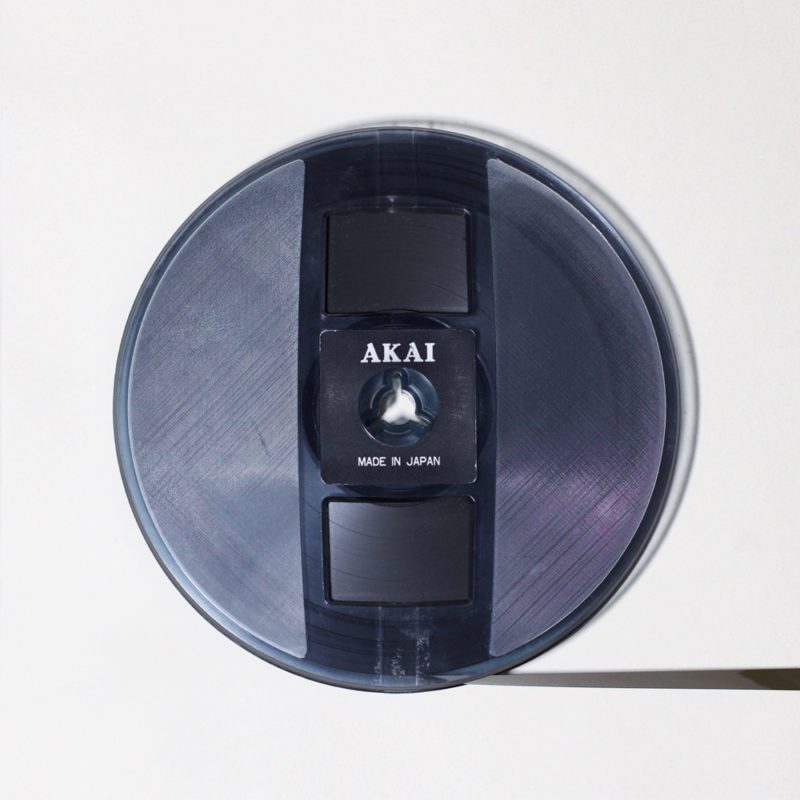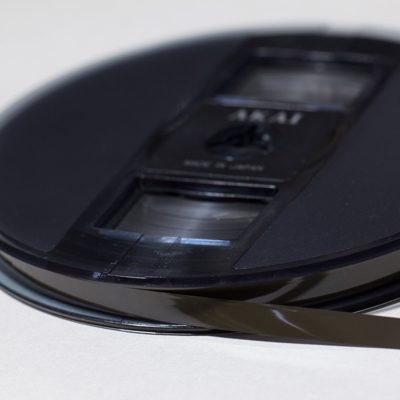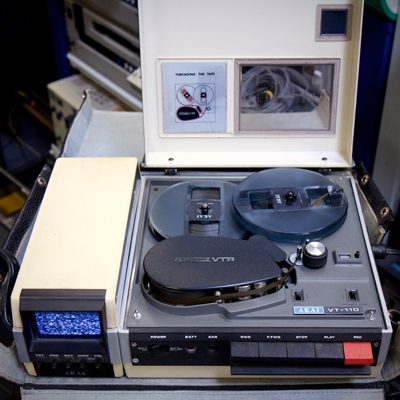introduction to ¼ inch Akai b/w reel-to-reel video transfer
Quarter inch video tape is an unusual format, developed by Akai in 1967 with the aim of producing a light-weight portable VTR and camera system.
We offer a range of delivery formats for our video transfers. Following International Association of Sound and Audiovisual Archives TC-06 guidelines, we deliver FFV1 lossless files or 10-bit uncompressed video files in .mkv or .mov containers for archives. We can also produce Apple ProRes mezzanine files for ease of editing. We provide smaller viewing files as H.264 encoded .mp4 files or on DVD. We're happy to create any other digital video files, according to your needs.
We can provide the appropriately-sized USB delivery media for your files, or use media supplied by you, or deliver your files online. Files delivered on hard drive can be for any operating system MacOS, Windows or GNU/Linux and filesystems (HFS+, NTFS or EXT3).
¼ inch reel-to-reel video recordings can vary both in duration and in the extent of physical tape degradation, so we always assess tapes before confirming the price of a transfer.
We offer free assessments - please contact us to discuss your project.
For an introduction to our assessment and treatment processes, please see our guide to "what happens to your video tape".
¼ inch Akai b/w reel-to-reel video machines
- Akai VT 110
- Akai VT 120
¼ inch Akai b/w reel-to-reel video format variation
Akai 1/4" Video Reel tape types you might come across:
- Akai VT-5
- BASF FV 26R Videoband
- BASF FV 26AE Videoband
¼ inch reel-to-reel video tape risks & vulnerabilities
The Akai 1/4" video format is one of the most threatened formats for several reasons.
- The VT100, 110 range of VTR's were never as common as the 1/2" CV2100 and EIAJ range of Sony VTR's. As a result there are less available spare machines now, around 50 years later.
- The reduced width of tape the Akai VT range of machines used meant they are much smaller and lighter. An advantage for portability but this makes them tricky to work on and not very reliable long term.
- The head tips are small and extremely fragile on this format too. Of the 6+ Akai VT machines we have half have one broken head tip from either wear or more likely previous rough head cleaning attempts.
- The use of 1/4" tape often meant audio tape was used but the much rougher surface finish of audio 1/4" tape would wear the head tips very quicky. Specially made variations of Akai, BASF and Scotch tape were the only recommended tapes for this format.
¼ inch Akai b/w reel-to-reel video history
In 1967, Akai introduced the first (and only) portable open reel video recorders that used ¼" tape. It was the lightest-weight of the all the portable video recording systems, and had a detachable monitor.
Aimed at a domestic market, the narrow width of the tape (all other portable video recorders of the era used ½ inch tape), reduced the quality of the output. It is a rarely-seen format.
See the Akai VT-100 reviewed in Radical Software Vol 1. Nr 3.





